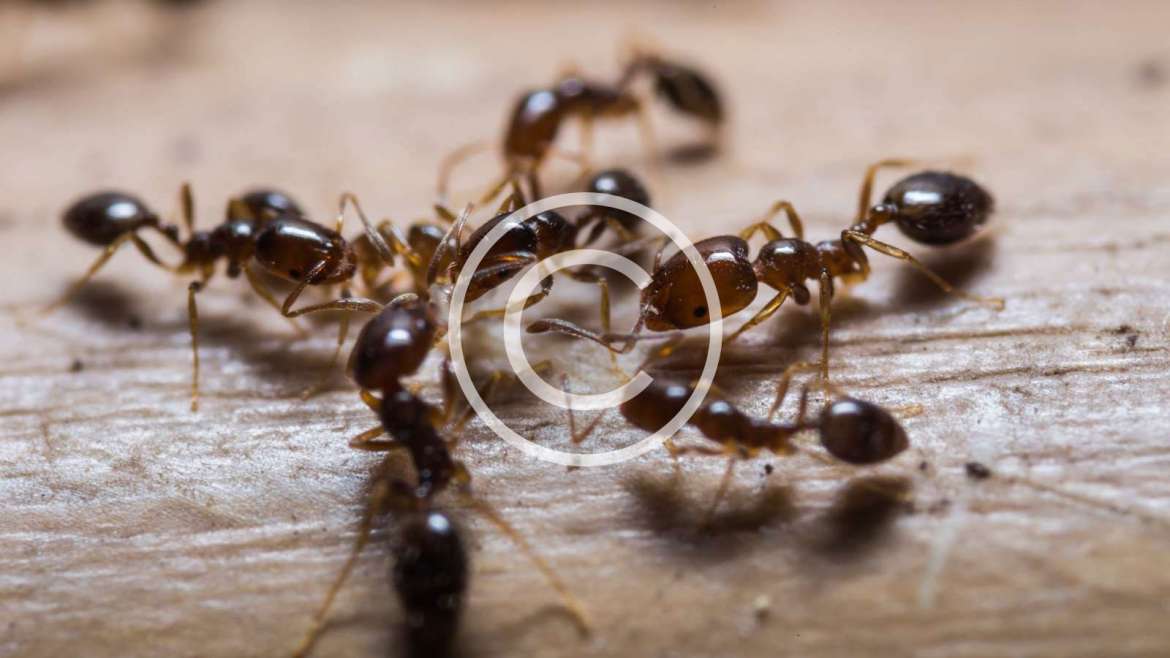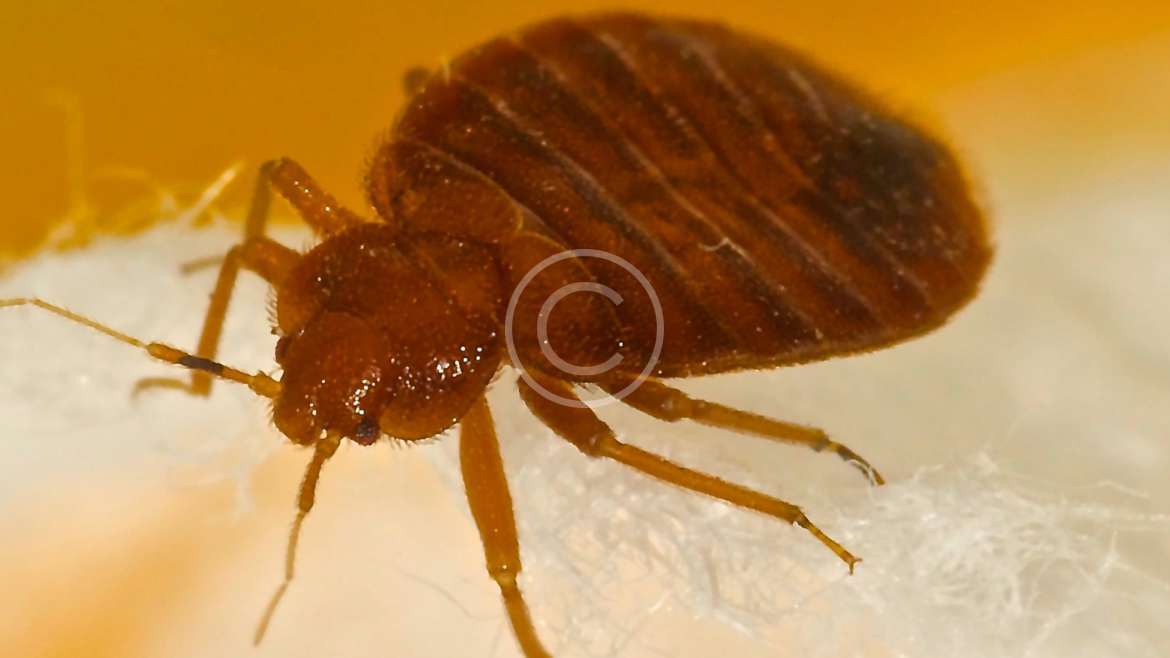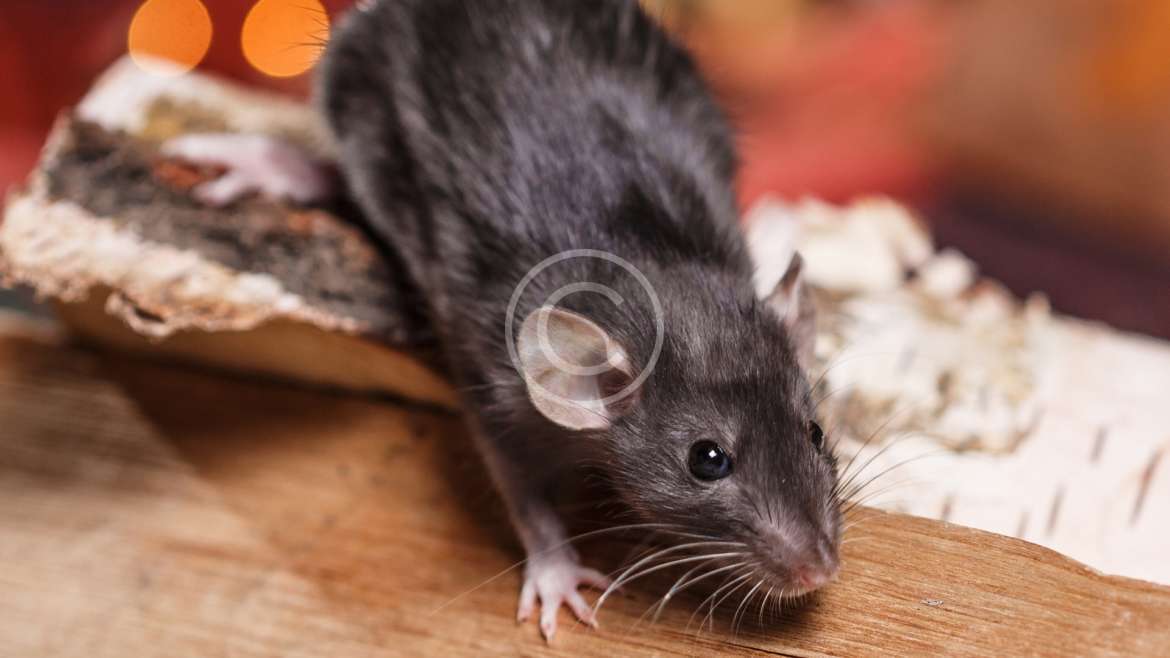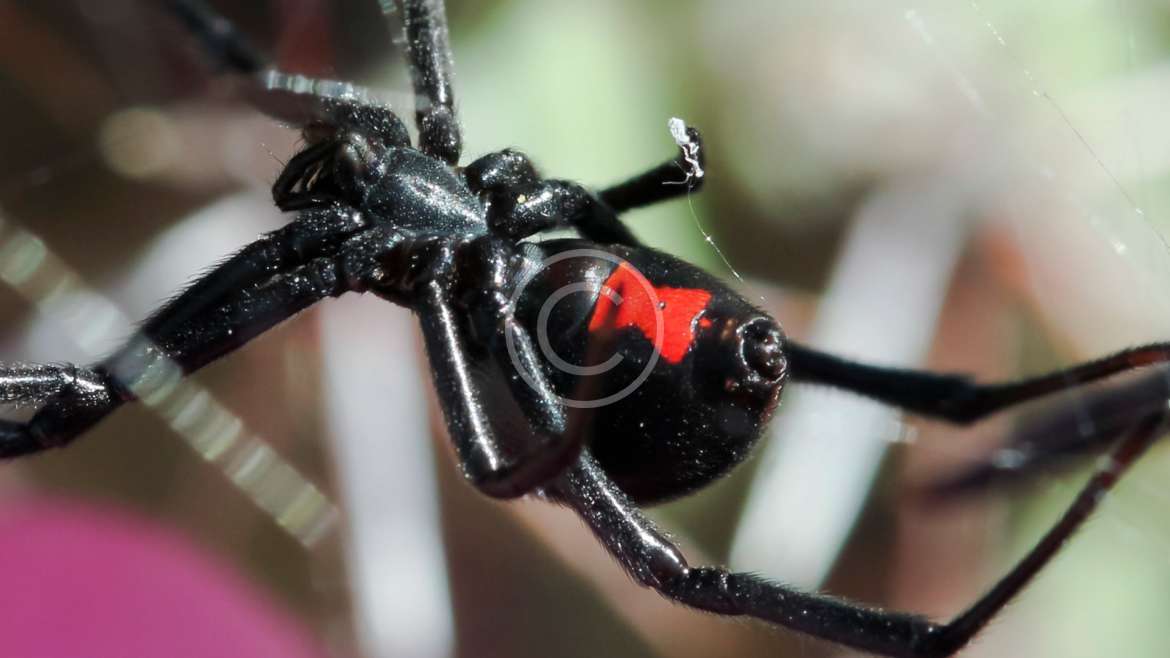Stink Bugs control and services
Stink bugs fit in with the request of genuine bugs called Hemiptera. They have penetrating sucking mouthparts and straight recieving wires. Most stink bugs have a trademark shield shape. Numerous are plant feeders and some are even savage. This article concentrates on the chestnut marmorated stink bug (Halyomorpha halys).
The grown-up chestnut marmorated stink bug is around 12 to 17 mm long. Like other stink bugs, its body is about as wide as it is long. The grown-up is mottled cocoa in shading. There are lighter groups on the radio wires and dull groups on the front wings.
The juvenile bug, called a fairy, is yellow and red with red eyes. As it develops, the yellow helps to grayish.
Conduct, Diet and Propensities
In the same way as other of the other stink bugs, the cocoa marmorated is a nuisance of products of the soil. It has been discovered nourishing on apples, peaches, blackberries, tomatoes, corn, soybeans, lima beans and green peppers.
Like other stink bugs, this irritation punctures the natural product’s skin with a specific end goal to bolster. In the wake of nourishing, the creepy crawly clears out. As the natural product keeps on developing, it regularly adds to a scar that takes after the substance of a feline.
Other than being a rural bug, the cocoa marmorated stink bug is regularly an irritation in homes. In late summer, the grown-up bugs accumulate on homes. The bugs are looking for protected spots to spend the winter.
The bugs move inside the home through splits and different openings. They spend the winter covering up inside the dividers or in the storage room or slither space. At the point when spring comes, the stink bugs get to be dynamic. As they move around, some of them develop into the living space.
Inside the home, the bugs regularly assemble on dividers and windows searching an exit plan. Property holders are generally vexed to discover these bugs inside the home. Their size and offensive smell make them exceptionally unwelcome.
Generation
Females commonly lay 20 to 30 eggs which she secures on the host’s underside plant in the late spring. Eggs hatch four to five days after the fact and the sprites will start to nourish. They experience a progression of sheds until they get to be grown-ups by fall.
Indications of a Stink Bug Infestation
Property holders regularly first distinguish stink bugs by their mass intrusions in the fall. They turn up on sunny sides of homes where they warm themselves. Cultivators frequently distinguish them by the harm they cause to their harvests.
More Data
The cocoa marmorated stink bug (Halyomorpha halys) is local to Asia. It has been a rural irritation in China, Japan and Korea.
It was initially gathered in the United States in 1998. It is presently found in numerous parts of the nation from Maine to Mississippi and from Oregon to Florida.
Control
Property holders can demoralize the chestnut marmorated stink bug from entering the home via fixing however many doors as could be allowed. Breaks around entryways and windows can be fixed with caulk. Vents in upper rooms and creep spaces can be secured with screen. Any torn or harmed window screens ought to additionally be repaired. Climate stripping can seal crevices under outside entryways.
Tragically, once stink bugs attack the home’s voids to overwinter, they can be hard to uproot. While overwintering, they don’t bolster or duplicate. On the other hand, they will get to be dynamic again on a warm winter day or in the spring. At the point when the spring arrives, they scatter from the home and won’t return until the following fall. On the off chance that a mortgage holder is encountering overwintering stink bugs, contact bother experts who can choose the best materials and focus the best course of activities to keep a repeat.
How Orkin treats for stink bugs
Stink bugs are not kidding horticultural vermin that require specific treatment methodology to diminish product and natural product harm. For homes and organizations, stink bug medications for the most part concentrate on two species that are exceptionally vexatious: the chestnut marmorated stink bug (BMSB) and the kudzu bug. Both of these bugs make inconveniences for home and entrepreneurs when the vermin fly to structures searching for overwintering locales. Accordingly, bug administration experts concentrate on treatment strategies that will control the bugs or keep them from getting inside.
Outside Medicines
Much of the time, the best treatment for stink bugs is keeping them from getting inside to their overwintering destinations. Your bug administration expert will presumably suggest fixing all splits that are more than 1/8 creep wide, screening or repairing existing screens over rooftop vents, peak vents, windows and entryways and introducing entryway clears.
Substance items can be connected around conceivable stink bug section focuses. In light of your bug administration proficient’s investigation, introductory application and reapplications of items may be required to treat other stink bugs that travel to the property and endeavor to get inside.
Inside Medications
On the off chance that stink bugs get inside, vacuuming them can be a powerful approach to uproot them for your home. Additionally, stink bug traps may be valuable. Utilizing synthetic items inside is for the most part not suggested.
The grown-up chestnut marmorated stink bug is around 12 to 17 mm long. Like other stink bugs, its body is about as wide as it is long. The grown-up is mottled cocoa in shading. There are lighter groups on the radio wires and dull groups on the front wings.
The juvenile bug, called a fairy, is yellow and red with red eyes. As it develops, the yellow helps to grayish.
Conduct, Diet and Propensities
In the same way as other of the other stink bugs, the cocoa marmorated is a nuisance of products of the soil. It has been discovered nourishing on apples, peaches, blackberries, tomatoes, corn, soybeans, lima beans and green peppers.
Like other stink bugs, this irritation punctures the natural product’s skin with a specific end goal to bolster. In the wake of nourishing, the creepy crawly clears out. As the natural product keeps on developing, it regularly adds to a scar that takes after the substance of a feline.
Other than being a rural bug, the cocoa marmorated stink bug is regularly an irritation in homes. In late summer, the grown-up bugs accumulate on homes. The bugs are looking for protected spots to spend the winter.
The bugs move inside the home through splits and different openings. They spend the winter covering up inside the dividers or in the storage room or slither space. At the point when spring comes, the stink bugs get to be dynamic. As they move around, some of them develop into the living space.
Inside the home, the bugs regularly assemble on dividers and windows searching an exit plan. Property holders are generally vexed to discover these bugs inside the home. Their size and offensive smell make them exceptionally unwelcome.
Generation
Females commonly lay 20 to 30 eggs which she secures on the host’s underside plant in the late spring. Eggs hatch four to five days after the fact and the sprites will start to nourish. They experience a progression of sheds until they get to be grown-ups by fall.
Indications of a Stink Bug Infestation
Property holders regularly first distinguish stink bugs by their mass intrusions in the fall. They turn up on sunny sides of homes where they warm themselves. Cultivators frequently distinguish them by the harm they cause to their harvests.
More Data
The cocoa marmorated stink bug (Halyomorpha halys) is local to Asia. It has been a rural irritation in China, Japan and Korea.
It was initially gathered in the United States in 1998. It is presently found in numerous parts of the nation from Maine to Mississippi and from Oregon to Florida.
Control
Property holders can demoralize the chestnut marmorated stink bug from entering the home via fixing however many doors as could be allowed. Breaks around entryways and windows can be fixed with caulk. Vents in upper rooms and creep spaces can be secured with screen. Any torn or harmed window screens ought to additionally be repaired. Climate stripping can seal crevices under outside entryways.
Tragically, once stink bugs attack the home’s voids to overwinter, they can be hard to uproot. While overwintering, they don’t bolster or duplicate. On the other hand, they will get to be dynamic again on a warm winter day or in the spring. At the point when the spring arrives, they scatter from the home and won’t return until the following fall. On the off chance that a mortgage holder is encountering overwintering stink bugs, contact bother experts who can choose the best materials and focus the best course of activities to keep a repeat.
How Orkin treats for stink bugs
Stink bugs are not kidding horticultural vermin that require specific treatment methodology to diminish product and natural product harm. For homes and organizations, stink bug medications for the most part concentrate on two species that are exceptionally vexatious: the chestnut marmorated stink bug (BMSB) and the kudzu bug. Both of these bugs make inconveniences for home and entrepreneurs when the vermin fly to structures searching for overwintering locales. Accordingly, bug administration experts concentrate on treatment strategies that will control the bugs or keep them from getting inside.
Outside Medicines
Much of the time, the best treatment for stink bugs is keeping them from getting inside to their overwintering destinations. Your bug administration expert will presumably suggest fixing all splits that are more than 1/8 creep wide, screening or repairing existing screens over rooftop vents, peak vents, windows and entryways and introducing entryway clears.
Substance items can be connected around conceivable stink bug section focuses. In light of your bug administration proficient’s investigation, introductory application and reapplications of items may be required to treat other stink bugs that travel to the property and endeavor to get inside.
Inside Medications
On the off chance that stink bugs get inside, vacuuming them can be a powerful approach to uproot them for your home. Additionally, stink bug traps may be valuable. Utilizing synthetic items inside is for the most part not suggested.








Previous
Next








